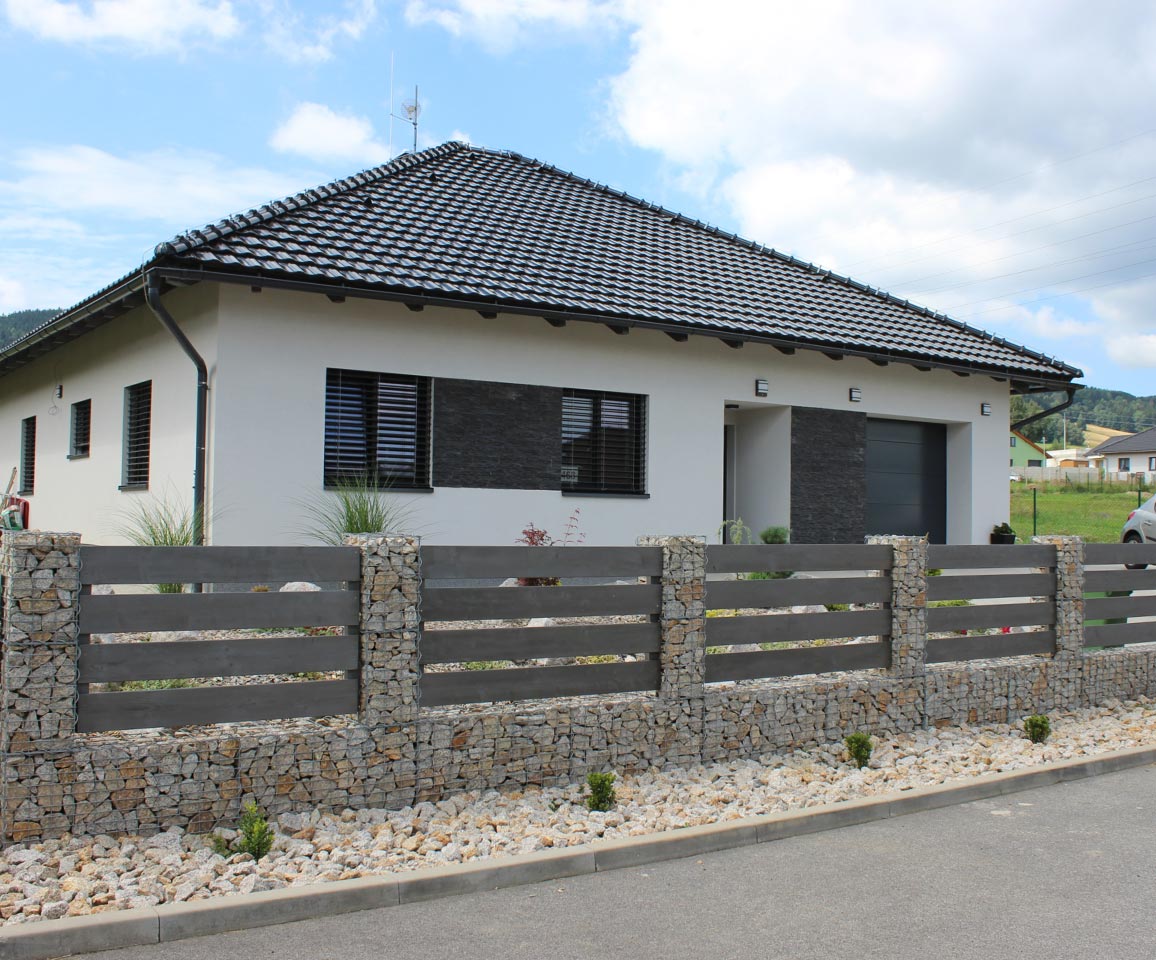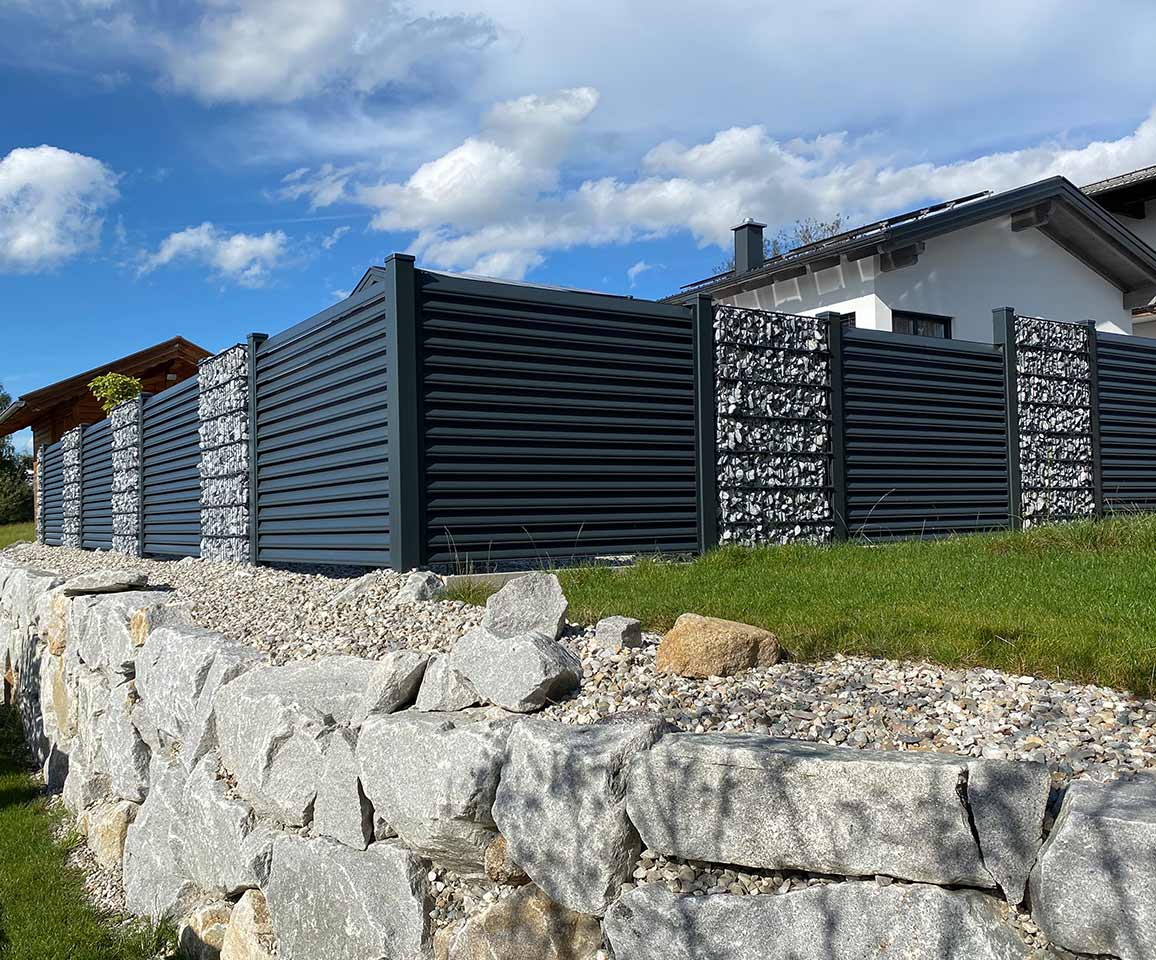The Evolving Function of Gates in Boundary Setting and Controlled Entry Systems
The Evolving Function of Gates in Boundary Setting and Controlled Entry Systems
Blog Article
Understanding the Impact of Well-Placed Gates on Property Access and Visual Identity
Gates have been used for decades to serve a dual purpose in both commercial and residential spaces in defining boundaries and managing access. Nowadays, they're more than just functional structures; they are architectural statements that reflect the ownership, responsibility, and security. When they are located at the entrance of a private home or commercial establishment, or a large estate or estate, a gates (brány) sends a unambiguous message that this property is protected, maintained, and is under control.

From a view of the boundary gates are the last aesthetic and structural element that joins landscaping and fencing to mark the edge of the property. They symbolize more than the lines on an image. A gate that is well-designed and constructed will assure visitors and passersby that the area beyond it is protected or private as well as reducing confusion about where public space ends and private property begins. The gate for homeowners gives peace of mind. For businesses, it helps to support operations by keeping the premises clean and secure, while limiting access.
Controlled access is one of the primary functions gates play, especially in settings where safety and security are top of the list. With the rise of gate automation Keypad entry points, sensor-driven controls, the gate can no longer be shut and opened manually. Property owners now have the ability to monitor and manage entry remotely or from inside the building. This reduces risks, limits uninvited guests, and improves the overall safety of employees, residents, as well as assets.
In many cases, the presence of a gate also prevents accidental intrusions. It creates a psychological barrier that blocks access to unauthorized persons even before a physical barrier has been in place. This is especially important in residential neighborhoods or rural properties, where clearly marked boundaries can deter trespassing and unintentional visits.

Moreover, the style and design of gates can enhance a home's visual appeal. Gates made of wrought iron, wooden sliders, or elegant aluminum designs make a statement about the design of the property and the tastes of the homeowner. While function is important, the visual effect of gates must not be overlooked. It adds curb appeal, reinforces architectural consistency, and adds long-term value to your property.
In the end, gates have an important role to influence how property is perceived and secured. They define clear boundaries that reinforce ownership and allow control over who can come into and out. They can be used for security, privacy or for organization gates aren't only structural elements They are also active participants in the management and identity of any property. Report this page